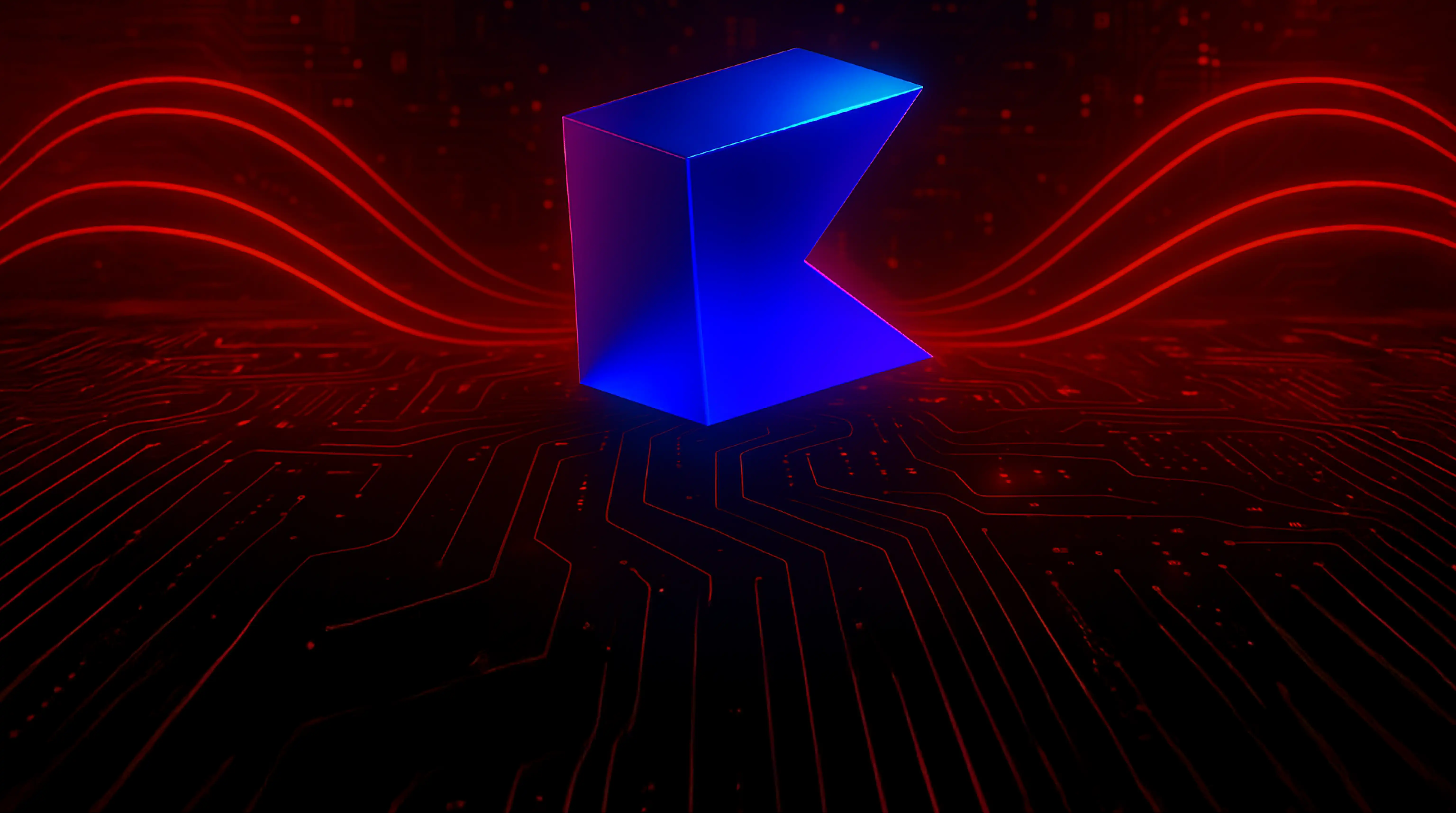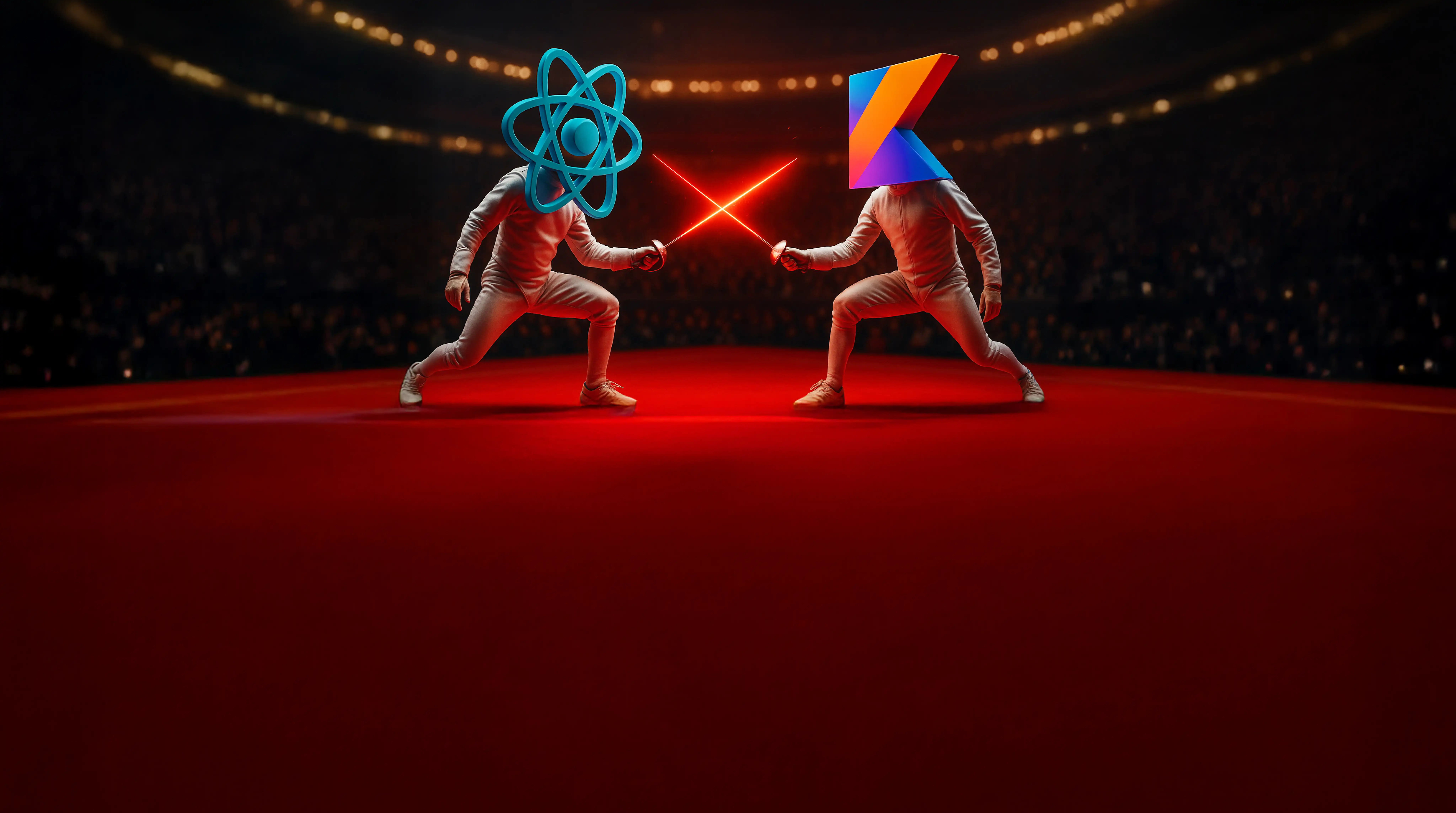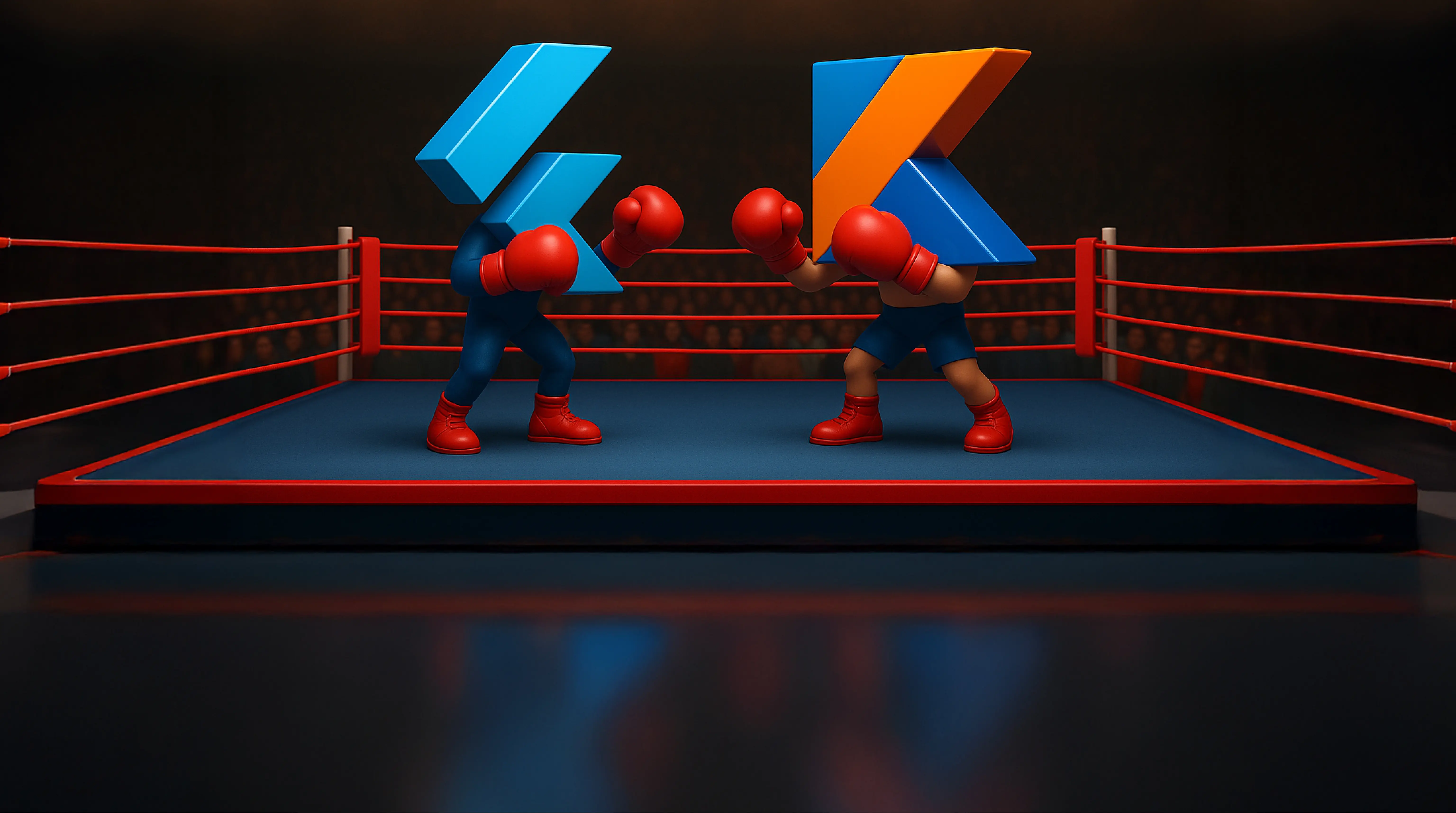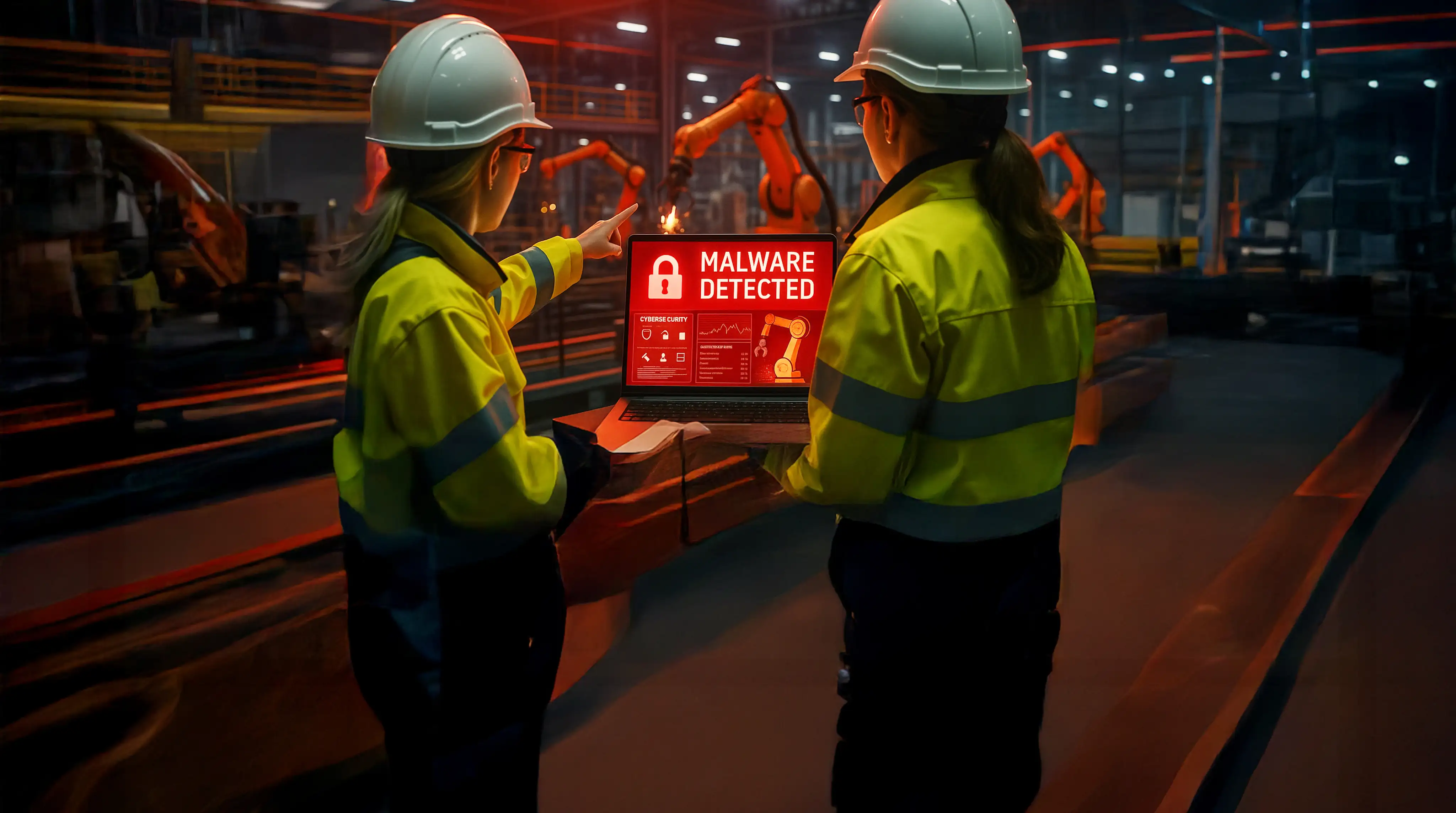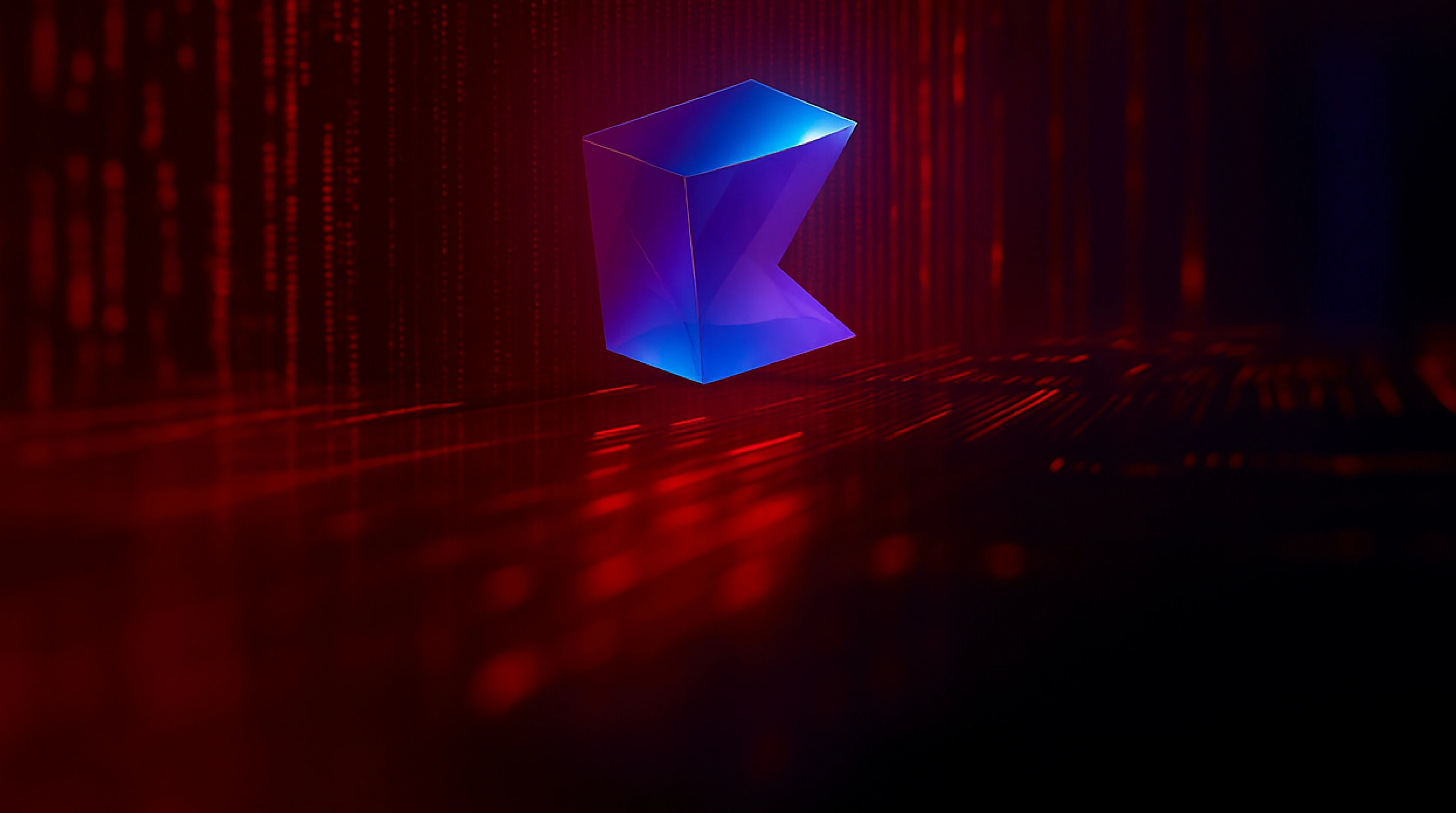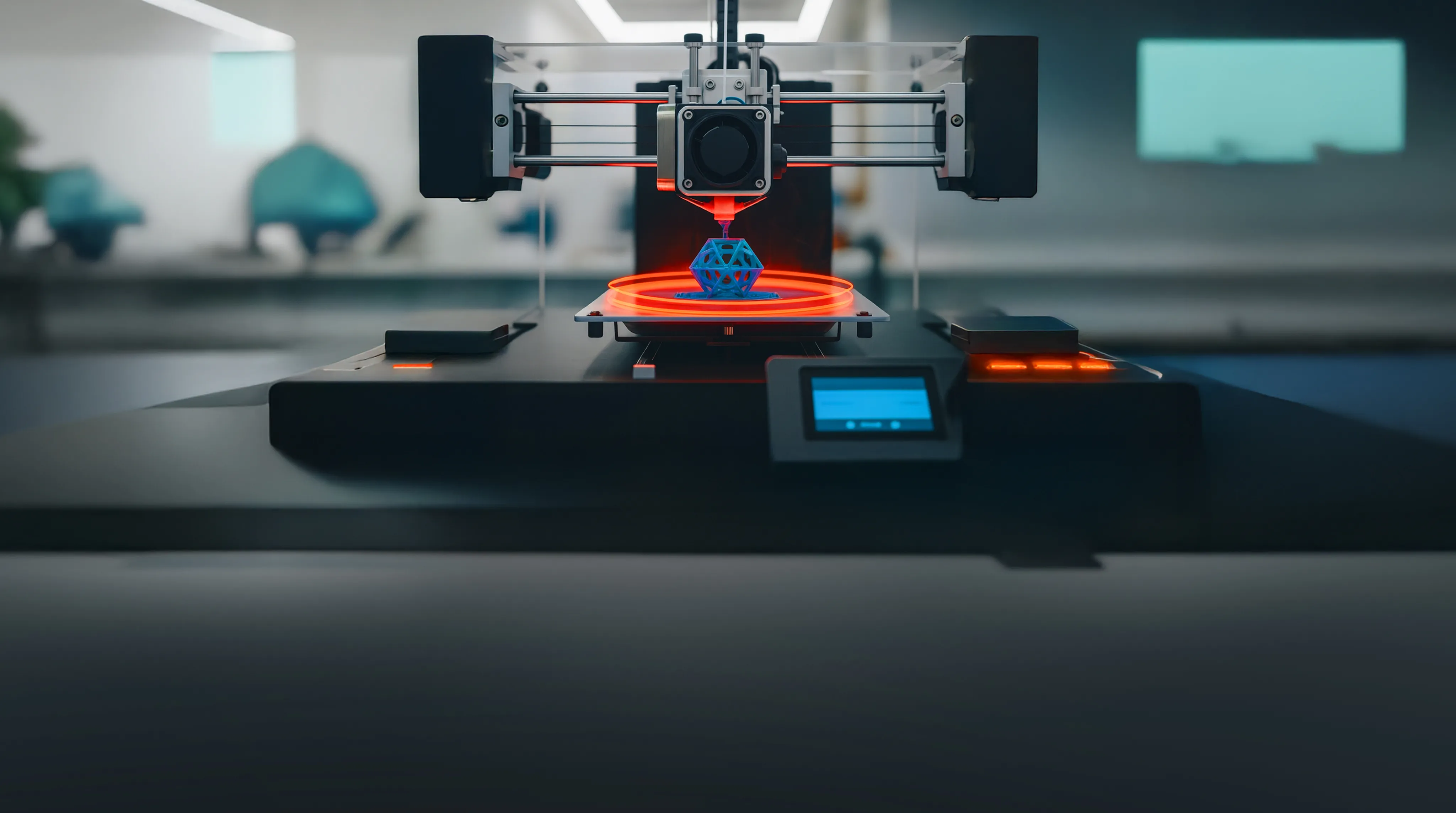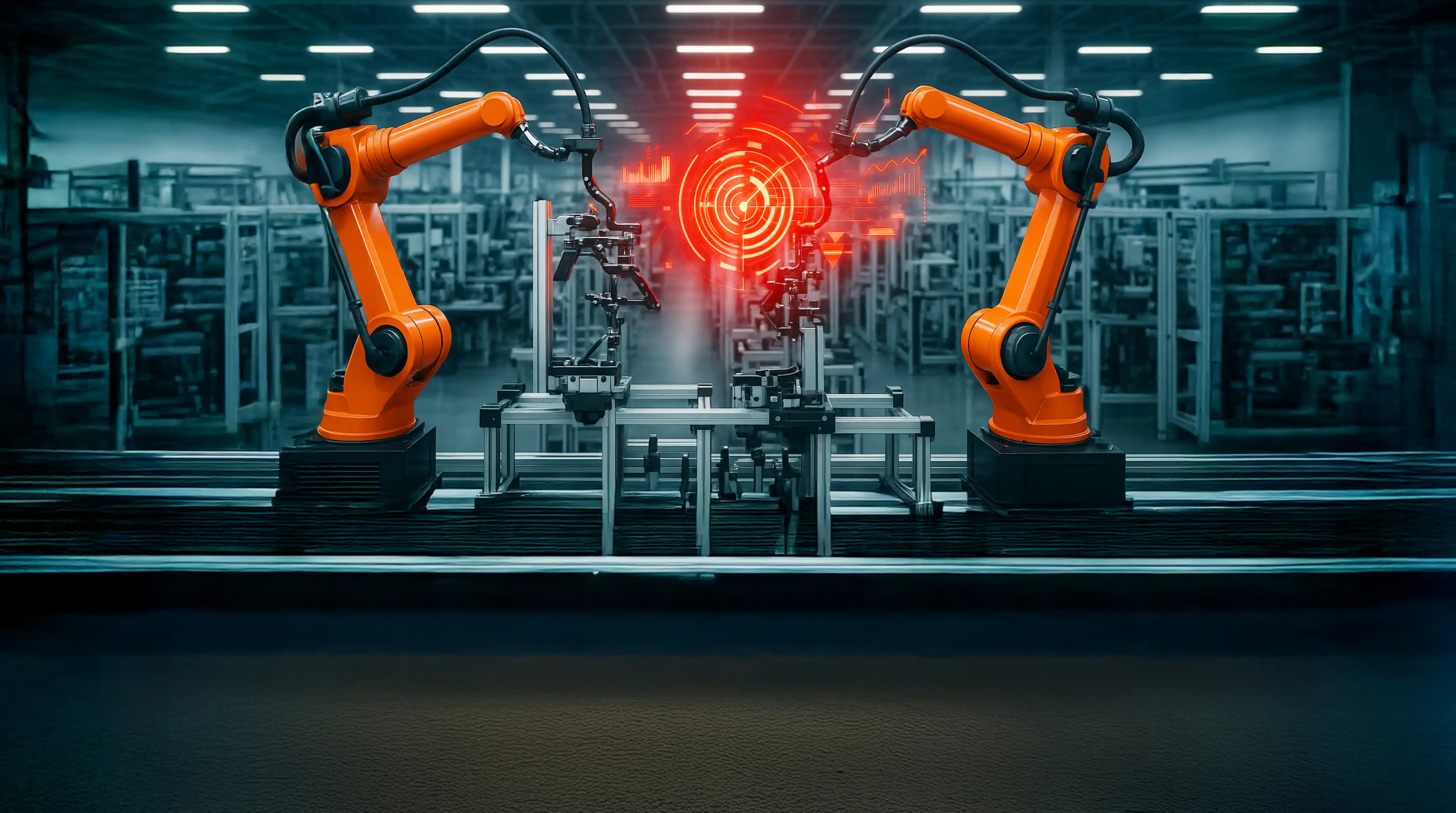Benefits of CI/CD Model for your new eCommerce website
December 16, 2020
Modern day e-commerce needs to be incredibly responsive to user needs. A glitch-free website isn’t enough these days. The website owner needs to continually better the website based on the subsequent user input that is acquired from different engagement mediums.
Given the gargantuan scale at which e-commerce sites have to operate these days, DevOps is the perfect methodology to provide a seamless coding and development platform through which updates and changes can flow.
To give website owners a better perspective of DevOps, we need to look at its two most important categories of automation: Continuous integration (CI) and Continuous deployment (CD). CI and CD are formulated to ease the delivery pipeline by reducing the time and resources required to initiate the development and maintenance processes of a product. A development team needs to have strengthened collaboration in order to fully leverage the benefits that the CI/CD model offers.
If an e-commerce business wants to improve its conversion rates and performance, then the CI/CD model is the best way to do it.
Understanding CI and CD model
Continuous integration (CI) is a process that helps developers in creating, testing and merging their code through to the repositories in an automated manner, thereby reducing the chances of conflict that accompany a wide range of changes being done to the main source code from different development aspects.
In simpler words, CI allows developers to push code with automated testing in order to make sure that once the code is merged with the main website code, nothing breaks or experiences a crash. This reduces the chances of getting integration-related bugs from any external tools that your e-commerce website might have acquired. In CI, the code quality is improved before its released through iterative changes and by tracking of real-time reports.
Continuous delivery (CD) is a major part of this model as it wrests control over the other problematic aspect of code deployment after CI has done its job (i.e., integrating that live code within multiple environments).
With CD, you can release your code at any point in time, without having issues with the state of the product. Together, the CI/CD model automates most of the testing and QA parts of the delivery pipeline resulting in a highly efficient and coherent system that suits modern-day development needs.
Below are some of the advantages of the CI/CD model for e-commerce websites.
1. Faster Development Response Time
- The CI/CD model is primed for ensuring that you can test as many types of codes as you want and integrate it within your existing product without running into any major performance issues. This provides e-commerce websites with an incredible opportunity to respond to user demands and needs in real time by pushing everything from updates to feature introductions flawlessly and in a quicker manner than ever before.
- You can even use this model to test various versions of your user interface (UI) and the tools on your website so you can align your website with changing market and user trends. This will result in increased optimization of your site’s conversion funnel.
2. Reduced Time To Reach Market-Ready State
- Engaging customers before your competition does is crucial toward the success of an e-commerce website. If someone else is able to capture a segment first, then it becomes incredibly difficult for you to carve out your own space there.
- Reducing your time to deliver features and tools is a turnaround issue you will continuously encounter in the e-commerce space. Once you leverage the CI/CD model, you will be able to reduce the amount of time between gauging demand and responding to it, thus increasing your market success rate via capturing the space before others do.
3. Better Code Quality and Reduced Costs
- One of the major benefits of following the CI/CD model is that your development team can release multiple builds in a very short span of time via automated testing, resulting in a much more robust, glitch-free e-commerce website. E-commerce websites have diverse tools, features and categories, so efficiency and robustness in coding are imperative to deliver a stellar experience to the end user.
- This also helps reduce development costs because the same process of releasing new code requires fewer hours. With reduced errors and faster deployment, the overall expense budget allocated to development can be scaled down significantly.
Conclusion
Delivering an exceptional end-user experience is a necessity for modern-day e-commerce web development, and the CI/CD model is the perfect way to achieve it. Integrating this model can help you optimize your conversion rates and increase profitability in a sustainable manner.











